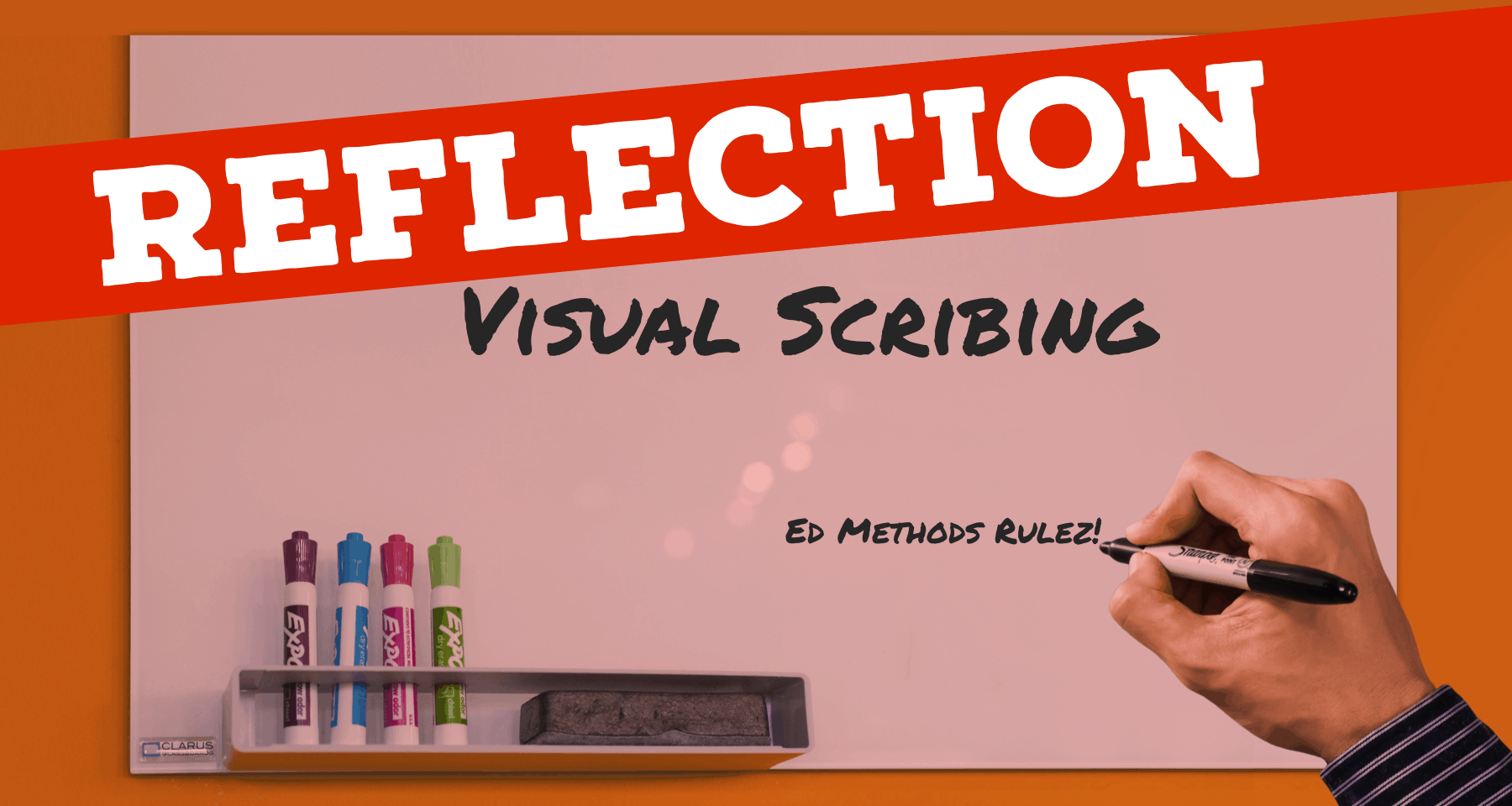- The Goal of this assignment was for students to think about how information connects both in logical and visual space. I imagined this activity as a summative assessment, in which students would apply their learning throughout a unit to produce a “map” of the content and ideas we had explored. For our class, my intention was to explore scribing as both teaching and learning tools.
- The activity works well when students have a variety of materials to draw upon for inspiration. This could include notes, textbooks, slideshows, even their background knowledge. In our class setting, it was a little challenging to find the information quickly and synthesize it into a quality visual in such a short amount of time. Twenty minutes is not a lot of time to introduce a new concept and try it out. Had we done this activity at the end of a unit, I think it would’ve gone smoothly.
- In our class we spent most of our time practicing the skill. Only the first five minutes were devoted to introducing the concept of visual scribing. Had I prepared some notes/materials for the class to draw from, we could’ve focused more on the visualization. Professional “scribers” have a lot of practice doing this sort of thing – they are professionals, after all. Scaling the activity down to meet the needs of a classroom is necessary.
- Scribing, on this scale, seems to work best in groups. Some students really gravitate to the drawing/creating side of it, others excel at planning and organization. I think giving this as an assignment for students to work on over the course of a unit would produce higher quality results.

The art and craft of teaching
